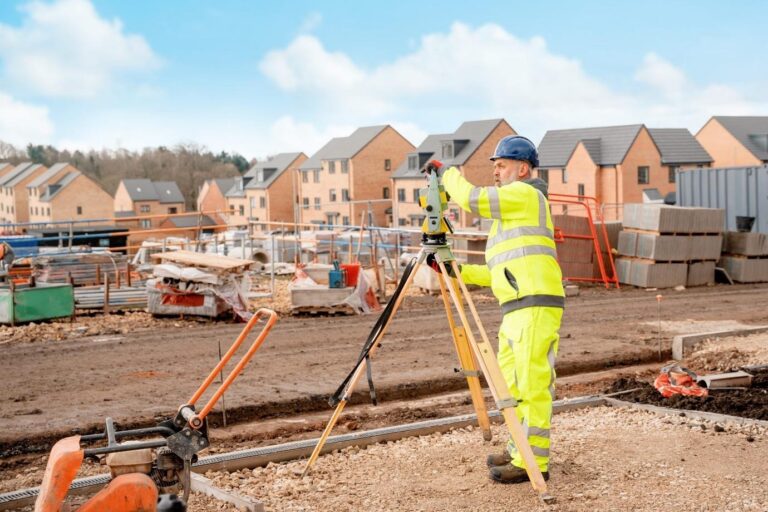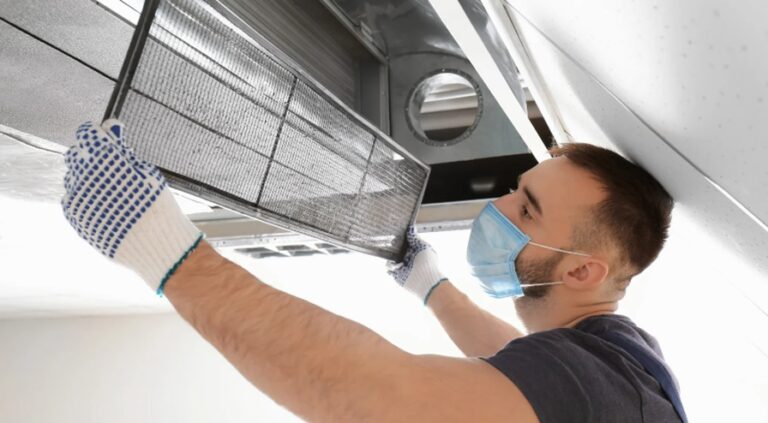
When it comes to protecting your home or business from the elements, choosing the right roofing material is crucial. Metal roofing has gained popularity across the country—and for good reason. It’s one of the most durable and weather-resistant options available today. But how exactly does metal roofing handle extreme weather conditions? Let’s explore the reasons behind its superior performance.
1. Wind Resistance
Metal roofing systems are built to withstand some of the harshest wind conditions. High-quality metal roofs are often rated for winds up to 140 mph or more, making them ideal for areas that experience hurricanes or strong storms. With proper installation and secure fastening systems, metal roofing resists uplift and provides superior protection against damage caused by high winds.
2. Hail and Impact Resistance
Metal is naturally resistant to impact, which makes it a strong barrier against hail. Unlike asphalt shingles that can crack or lose granules upon impact, metal panels remain intact, especially when made from thicker gauge steel or aluminum. Many metal roofing systems meet Class 4 impact resistance ratings, the highest level available, which often leads to insurance discounts in hail-prone areas.
3. Heavy Snow and Ice
In colder climates, the ability to shed snow is a key advantage of metal roofing. Its smooth surface and heat-conductive properties allow snow and ice to slide off quickly, reducing the risk of roof collapse and ice dams. Many metal roofs are designed with snow guards or clips to control the release of snow, preventing dangerous roof avalanches.
4. Fire Resistance
Metal roofing is non-combustible, meaning it won’t ignite when exposed to flames or flying embers. This fire resistance is particularly beneficial in wildfire-prone regions. Most metal roofs carry a Class A fire rating, the highest level of fire protection, offering peace of mind and added safety for homeowners.
5. Longevity Through Temperature Swings
Extreme temperature changes—from sweltering summers to freezing winters—can wreak havoc on roofing materials. Metal roofs expand and contract with the temperature, but high-quality designs accommodate this movement without cracking or warping. With protective coatings, metal roofing also resists UV rays and corrosion, extending its lifespan.
The Bottom Line
Metal roofing excels in a wide range of extreme weather conditions, offering durability, safety, and long-term performance. Whether you’re facing hurricanes, hailstorms, blizzards, or wildfires, a professionally installed metal roof provides dependable protection when you need it most.
Ready to Weather the Storm?
Don’t wait for the next extreme weather event to test your roof. Upgrade to the strength and resilience of a metal roofing system today. Contact Florida Roofing and Gutters for a free estimate and expert advice on the best roofing solution for your property.
This post was written by a professional at Florida Roofing and Gutters. Florida Roofing and Gutters, founded by Tri-Town Construction, is the best Metal roofing Sarasota FL to turn to for residential and commercial roof replacements and repairs in Southwest Florida.






